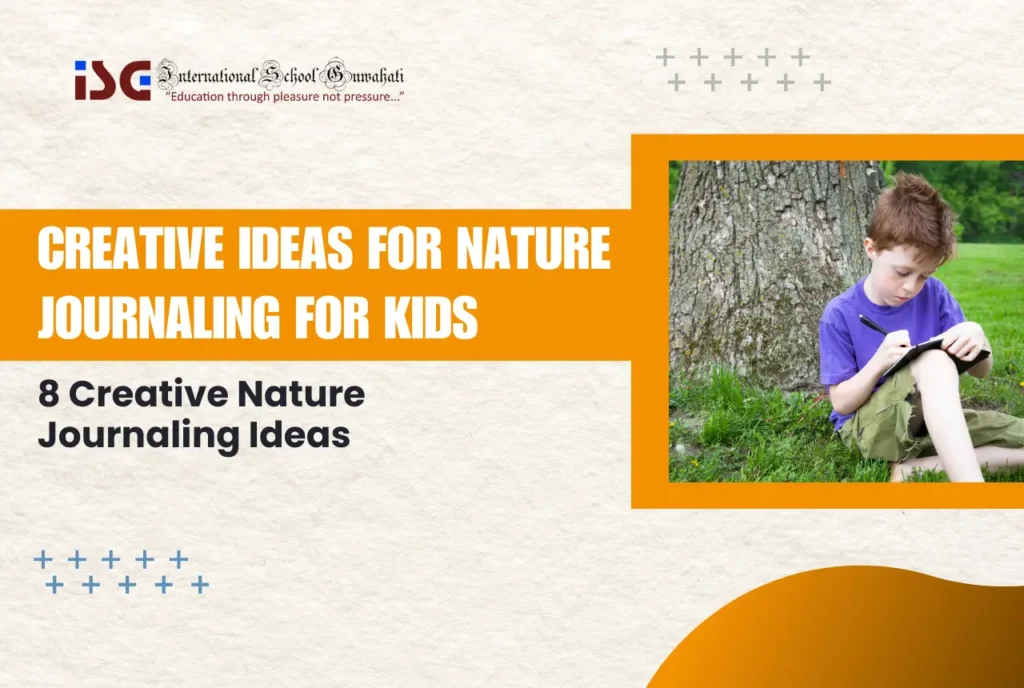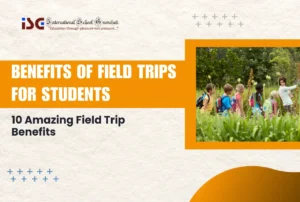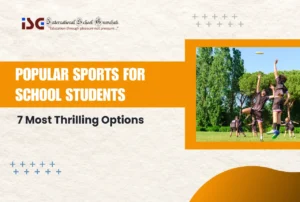![]()
Nature journaling for kids and adults is not a new concept. It has existed for hundreds of years. It was not called nature journaling for a long time but fell into other categories such as naturalists’ diaries, nature illustrations, or just diaries in general. So, to define the term ‘nature journaling’; it is a way of observing the changes in nature and keeping track of it with creative writing and vibrant illustrations.
There are different types of nature journals; some only focus on one element of nature such as birds, flowers, or lakes. On the other hand, there are some that focus on the overall changes happening around. Both deal with spending time close to nature.
Nature journaling for kids helps them connect with nature. In a world where everything is fast-forwarded to academic and monetary growth, nature journaling can help them slow down and relate themselves to nature. It also greatly boosts creativity and observational skills.
Nature Journaling for Kids: 8 Creative Ideas
1. Sense Scavenger Hunt
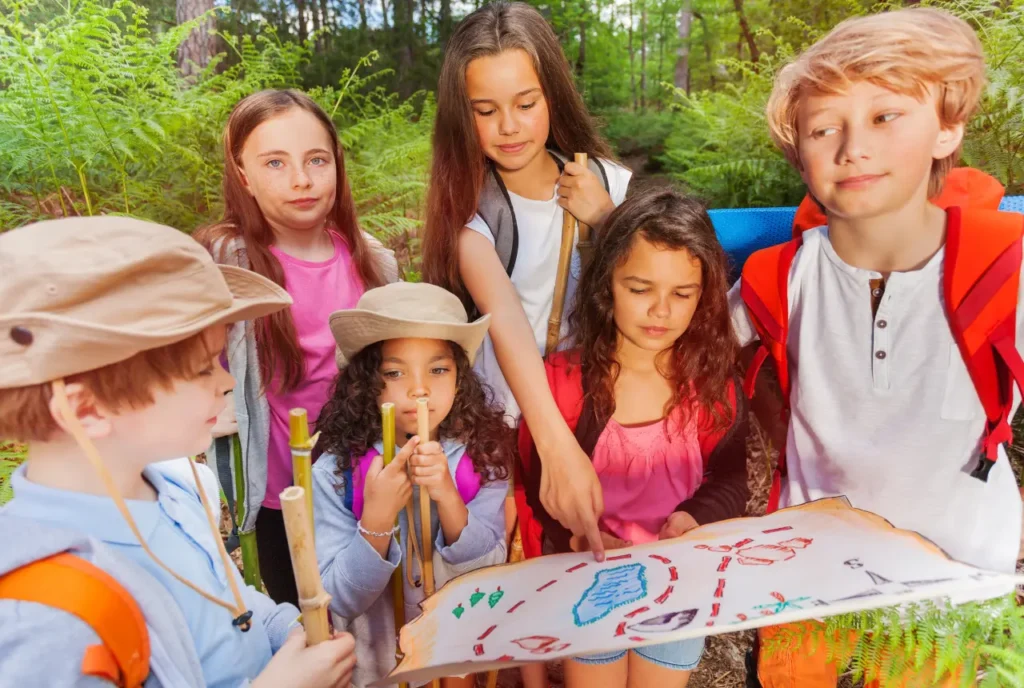
A very fascinating and fun activity that parents and teachers can undertake is a sense scavenger hunt. This activity is often conducted in an open field or on a trip where students are asked to fetch different things from the natural resources nearby. They can be asked to rate what they collected as the softest or the most vibrant.
A scavenger hunt can get kids close to feeling nature with sight, touch, smell, hearing, and taste. Kids have a growing sense of understanding and being this close to nature can help them understand the processes of the environment and foster a state of deep meditation and connection.
2. Mini Habitat Observation
Most of the time, kids do not start nature journaling because they think it is a lot of work. However, it can be started at a micro level too.
Children can choose a specific micro-environment like a fallen log or a patch of wildflowers and observe different forms of life growing on and around it. They can observe the flowers of the environment, and what made the tree fall, and they can make a list of insects and worms living on it.
It can boost concentration in students and help them appreciate biodiversity. Older students can also learn crucial lessons about how different life forms are fostered in every environment.
3. Nature Bingo
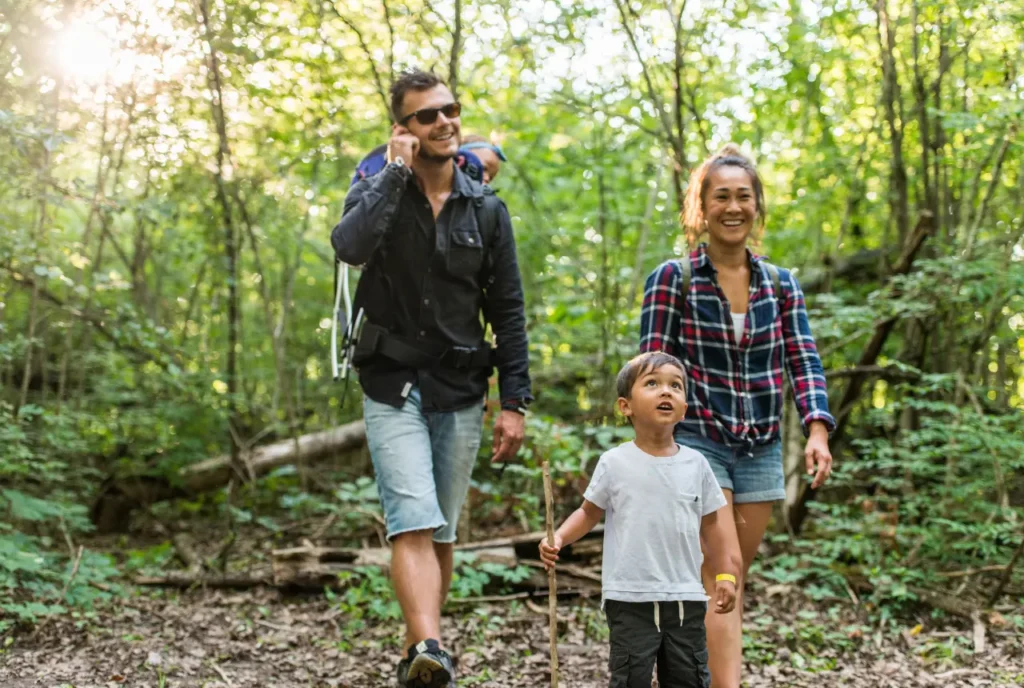
Nature Bingo transforms a nature walk into an exciting adventure. Create a bingo card featuring squares with pictures or descriptions of natural objects – think leaves, rocks, or animal tracks.
Venture outdoors, be it your backyard, a local park, or a favorite natural area. Keep your eyes peeled! As you discover these hidden treasures in nature, mark them off on your Bingo card.
Nature Bingo isn’t just fun – it’s educational too! This engaging activity fosters the identification of common natural elements, making exploration more enriching and exciting for everyone
4. Ephemeral Art Project
An ephemeral art is an art piece that by its nature will disappear or will be destroyed on its own in time. Children can be encouraged to make a drawing or paste pieces of leaves and flowers on paper in their journals.
This exercise can teach them about different textures and surfaces on different elements of nature. It can also help them learn about the different cycles in nature, like that of a flower to a fruit.
5. Track the Seasons
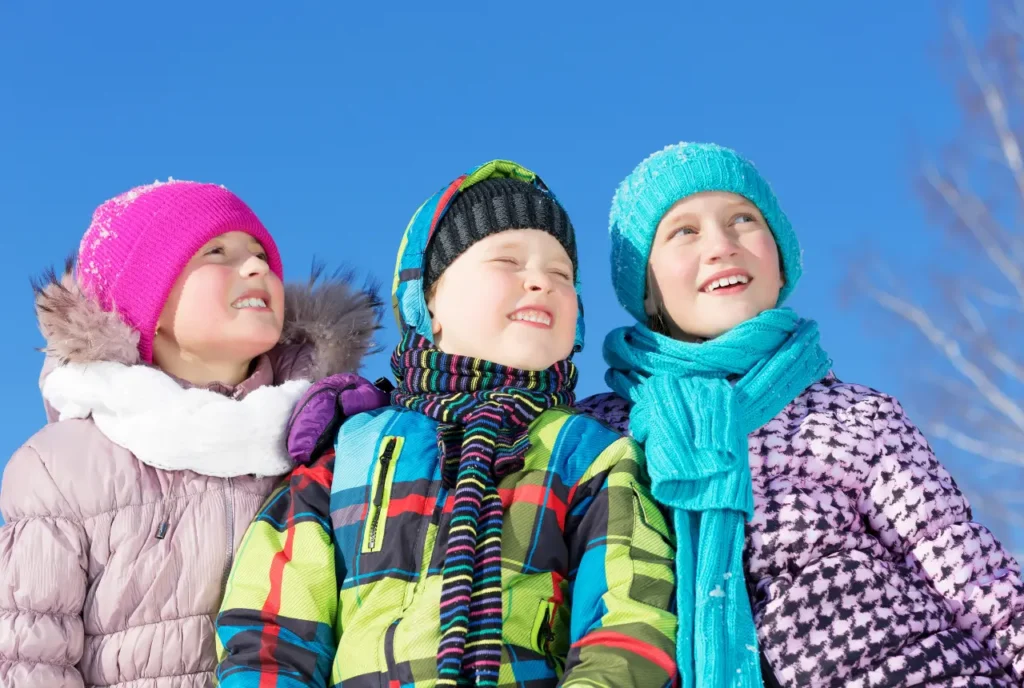
The changing of seasons is a miraculous transition that students can record in their journals. They can be encouraged to dedicate a section to observing and documenting these shifts. Those who love to sketch can sketch trees with their leaves transforming color, noting the arrival of different bird species, and tracking weather patterns throughout the year.
This engaging activity deepens children’s awareness of seasonal cycles and helps them connect with the rhythm of the natural world.
6. Nature Story Time
Choosing a captivating element in nature, like a unique rock formation or a towering tree, and weaving a story out of it is yet another way of nature journaling. Does it have a secret life?
Children can even draw a comic strip depicting its adventures! This activity sparks creativity and writing skills while fostering a sense of wonder for the natural world.
7. Leaf Rubbings and Bark Portraits
Place a fascinating leaf or piece of bark under a piece of paper and gently rub it with a crayon to create a unique rubbing. For bark portraits, closely observe the bark’s textures and patterns, then use your artistic skills to recreate it in your journal. This activity introduces children to printmaking techniques and encourages them to pay close attention to the intricate textures found in nature.
8. Nighttime Nature Journaling
Embark on a captivating adventure with Nighttime Nature Journaling! Explore the wonders of the night with a safe and supervised walk outdoors. In your journal, capture the moon’s different phases, listen attentively for the sounds of owls, crickets, or other nocturnal creatures, and describe the unique feeling of the nighttime air. This activity broadens your perspective on nature and ignites curiosity about the fascinating world of nocturnal animals.
Nature Journaling Tips for Parents and Educators

Unleash the inner naturalist in your child with these helpful tips for nature journaling!
Setting the Stage:
- Gear Up: Choose journals and art supplies that are age-appropriate. Younger children might enjoy sturdy notebooks and colorful crayons, while older kids can explore sketchbooks and pencils.
- Bite-Sized Adventures: Start with short journaling sessions and gradually increase the duration as your child’s attention span grows. The key is to keep it engaging!
- Focus on Fun: Remember, nature journaling is about exploration and enjoyment, not creating masterpieces. Celebrate their observations and encourage them to express themselves freely.
Sparking Curiosity:
- Identification Assistance: Consider incorporating field guides or nature identification apps to help them learn about the plants and animals they encounter.
- A Guiding Hand: For younger children who need a little direction, provide journaling prompts to spark their creativity. These prompts can be simple, like “Draw your favorite thing you saw today” or “Write a short story about a busy spider.”
Family Bonding Through Nature:
- Together Time: Transform nature journaling into a cherished family activity! Explore nature together, share your observations, and document your discoveries in your individual journals.
- Memories in the Making: Nature journaling fosters a shared experience, strengthening family bonds and creating lasting memories that you can revisit and cherish for years to come.
Conclusion
Nature journaling for kids is a powerful tool that ignites a child’s curiosity about the world around them. It fosters a deep connection with nature, encouraging observation skills, creativity, and a lifelong appreciation for the environment. With a little planning and these helpful tips, you can embark on this enriching journey with your child. So grab your journals, step outside, and get ready to discover the wonders of nature together!


